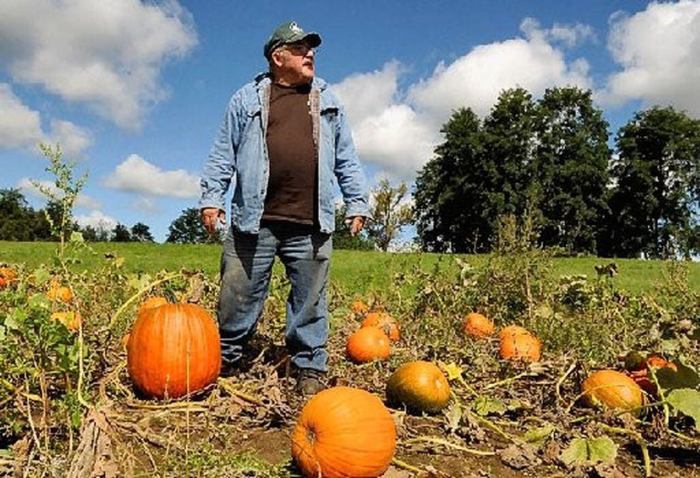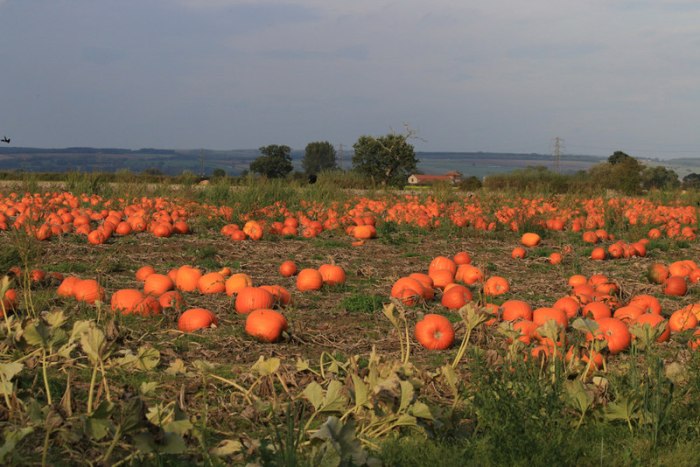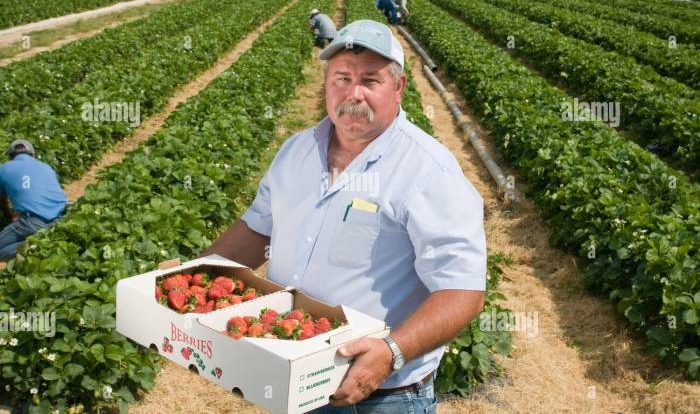The pumpkin crop was incredibly small this year, leaving many farmers and consumers disappointed. This shortage has raised concerns about the future of pumpkin production and the impact of environmental factors on agriculture. In this article, we will explore the causes of the small pumpkin crop and discuss potential solutions to ensure a more bountiful harvest in the future.
Multiple factors have contributed to the diminished pumpkin yield this year, including adverse weather conditions, pest infestations, and soil health issues. By understanding these challenges, we can develop strategies to mitigate their effects and support the growth of healthy and productive pumpkin crops.
Impact of Environmental Factors

Environmental conditions play a crucial role in pumpkin growth. Temperature, rainfall, and sunlight are key factors that influence the size and quality of the crop. Extreme temperatures, both high and low, can damage pumpkin plants and reduce yields. Adequate rainfall is essential for proper plant growth, but excessive rainfall can lead to disease outbreaks and root rot.
Sunlight is necessary for photosynthesis, the process by which plants convert sunlight into energy. Insufficient sunlight can result in stunted growth and reduced fruit production.
Specific Weather Events and Climate Change, The pumpkin crop was incredibly small this year
Specific weather events, such as droughts, heat waves, and excessive rainfall, can have a significant impact on pumpkin crops. Droughts can stress plants and limit their ability to absorb water and nutrients. Heat waves can cause sunscald on pumpkin leaves and fruit.
Excessive rainfall can waterlog the soil, leading to root rot and disease outbreaks. Climate change is predicted to increase the frequency and intensity of extreme weather events, which could have a negative impact on future pumpkin harvests.
Pest and Disease Management
Pests and diseases can pose a significant threat to pumpkin crops. Common pests include aphids, squash bugs, and cucumber beetles. These pests can feed on pumpkin leaves and fruit, causing damage and reducing yields. Common diseases include powdery mildew, downy mildew, and anthracnose.
These diseases can cause leaf spots, wilting, and fruit rot.
Prevention and Control
Best practices for preventing and controlling pest and disease outbreaks include:
- Using disease-resistant varieties
- Rotating crops to prevent disease buildup
- Maintaining good sanitation practices
- Using pesticides and fungicides judiciously
Soil Health and Fertility

Soil health is crucial for pumpkin growth. Pumpkins require well-drained soil with a pH between 5.5 and 6.5. The soil should be rich in organic matter and nutrients, such as nitrogen, phosphorus, and potassium. Poor soil health can lead to stunted growth, reduced yields, and increased susceptibility to pests and diseases.
Improving Soil Health
Recommendations for improving soil health and fertility include:
- Adding organic matter, such as compost or manure
- Liming to adjust soil pH
- Fertilizing with a balanced fertilizer
Cultivation Techniques: The Pumpkin Crop Was Incredibly Small This Year

Various cultivation techniques can influence pumpkin yield and quality. These techniques include spacing, trellising, and irrigation.
Spacing
Proper spacing is essential for pumpkin growth. Pumpkins need adequate space to spread their vines and produce fruit. The optimal spacing depends on the variety of pumpkin and the growing conditions.
Trellising
Trellising pumpkins can improve air circulation and reduce disease problems. Trellising also makes it easier to harvest pumpkins.
Irrigation
Pumpkins require regular irrigation, especially during hot, dry weather. Water deeply and infrequently to encourage deep root growth.
Variety Selection

Choosing the right pumpkin variety is essential for success. Factors to consider when selecting a variety include:
- Disease resistance
- Yield potential
- Maturity time
Recommended Varieties
Examples of pumpkin varieties that are well-suited for different regions and growing seasons include:
- Jack-O’-Lantern: A popular variety for carving
- Sugar Pie: A sweet variety suitable for pies
- Cinderella: A large, orange variety
Detailed FAQs
Why was the pumpkin crop so small this year?
The small pumpkin crop this year was primarily due to a combination of adverse weather conditions, pest infestations, and soil health issues.
What can be done to improve pumpkin crop yields in the future?
To improve pumpkin crop yields in the future, farmers can implement sustainable cultivation practices, improve soil health, and employ integrated pest management techniques. Additionally, research and development efforts can contribute to the development of disease-resistant pumpkin varieties and innovative cultivation methods.
